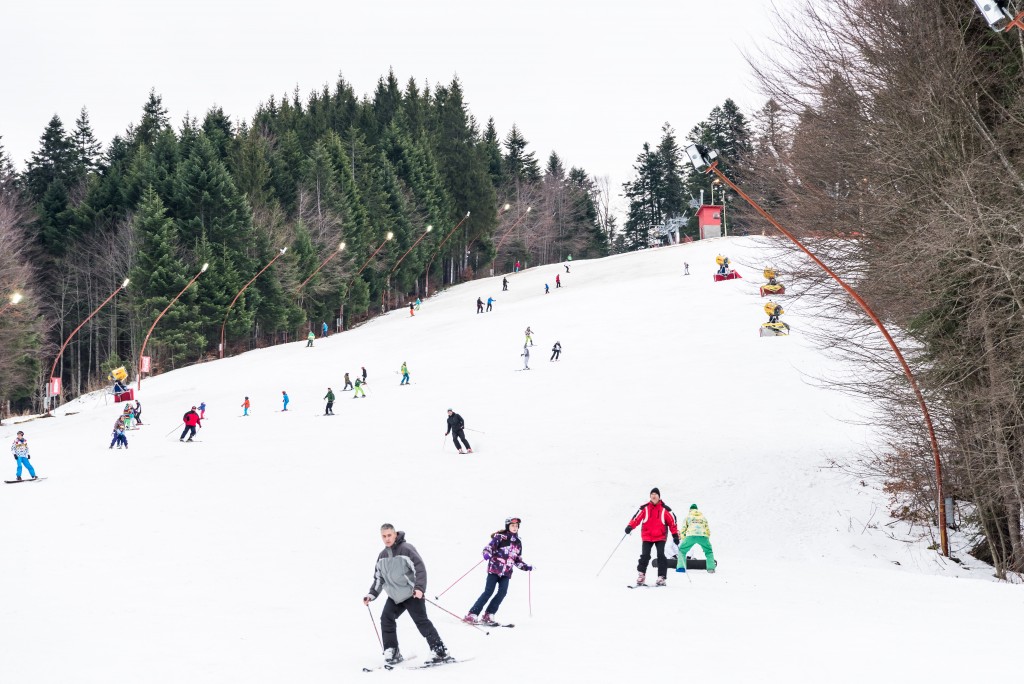The imagery that terms such as “global warming” and “climate change” often evoke are crashing glaciers, destructive super typhoons, and parched farmlands. But rising global temperatures are adding another image to this gallery: forlorn skiers on dry slopes. With weather patterns becoming increasingly erratic, winters around the world can sometimes start late and end early, denying mountains the fresh cover of snow that skiers need to slip and slide down their slopes. Snow sports enthusiasts aren’t the only ones affected by this frost deprivation. The billion-dollar ski industry is taking a hit as well, especially ski lodges.
No Snow, No Skiing
Since the 1980s, snow in the western regions of the United States has dropped by an average of 41 percent, resulting in the snow season shortening by 34 days. Without lots of fresh snowfall every winter, the recreational and professional snow sports industry can’t function at all. This is bad news to the ski industry, which contributes approximately $20 billion to the United States’ economy and $70 billion per year to the global economy.
Ski lodges could lose all their business if their visitors can’t ski because there’s no snow for it. Ski resorts and lodges in Europe, mostly on the Alpine regions, are also facing this conundrum. Communities that have built themselves around ski culture are also in peril. Mountain towns such as Aspen could be facing drops in residential property value of 15 percent or more.
What are such places to do to keep their clientele and survive? Well, they’ve turned to fake snow to coat their slopes.
Faking It

Making artificial snow requires mimicking the natural process that creates the real deal. In nature, snow forms when water particles adhere to a tiny speck of dust floating in the air. In very cold weather, the water particles freeze as they fall to the earth, creating fluffy snowflakes as they accrete more crystals on their way down.
Ski lodges recreate this process by buying machines like Gardner Denver air compressors and using them to spray water and tiny particles as high as 20 to 30 feet into the winter air so they can freeze just like real snowflakes. However, the quicker descent denies the flakes the opportunity to become fluffy; as such, fake snow is as much as 50 times harder than natural snow.
The creation process also has negative effects on the environment. To cover a mountain with snow would require a lot of water, about as much as a city with a population of 50,000 people. Since snow often occurs during conditions that are perfect for drought, this might seem like a frivolous way to use water. It’s also not very efficient, especially in lower altitudes where it melts faster because of the warmer climates. Snow canons also use up a lot of electricity and sometimes use diesel fuel engines which release greenhouse gas even as they try to rectify a problem caused by global warming.
Although skiing is a noble and ancient form of transportation and has a rich history as a sport, people should consider just how far they’re willing to go to keep something alive.




